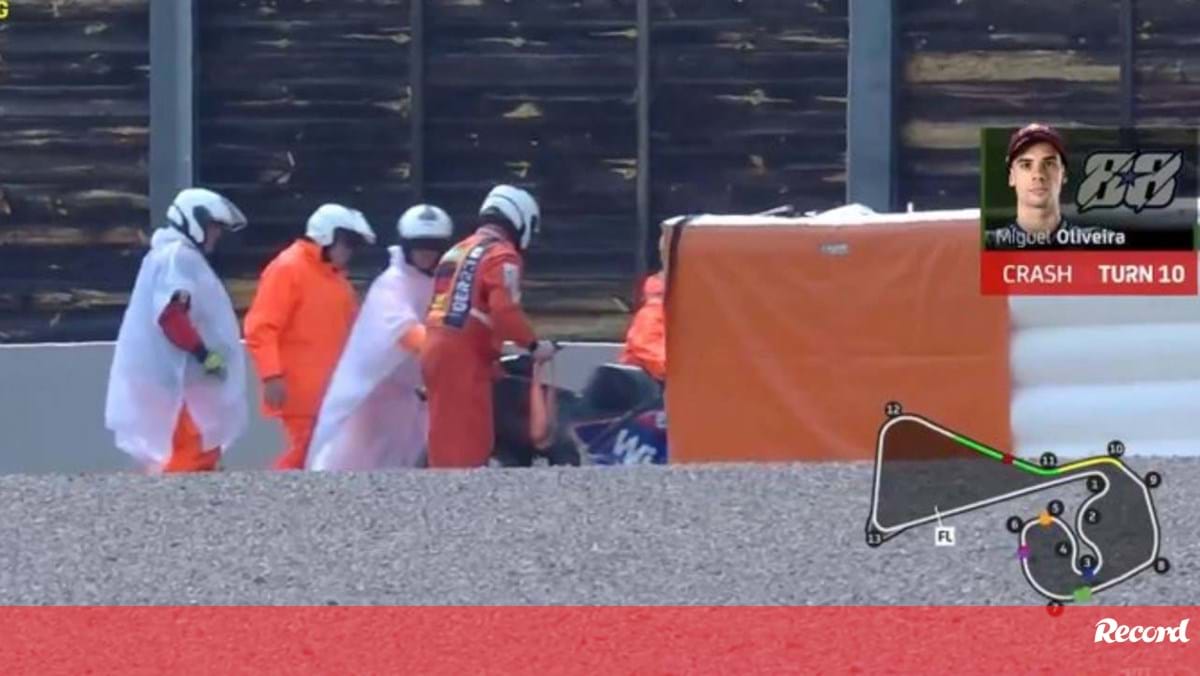Google is leveraging its apps and services with the power of artificial intelligence and Lens is no exception. The tech giant uses the expression “If you can see it, you can find it” to define the advanced capabilities of Google Lens. The goal is to search everything the user sees through the camera, and take a picture for different results.
And adhering to the popular adage, “a picture is worth a thousand words,” something Google believes fits its user base, The company said more than 12 billion visual searches are logged through Lens every month. To celebrate the achievement of results, Google has shared some tips on things you can do with Lens.
You may not have realized it yet, but Google Lens is literally a digital magnifying glass. This means that Anything you point to every day, whether it’s a building, a landmark, or just something you don’t know what it is, the system is always ready to recognize it for you and let you know.. For example, you’ve seen a statue or monument and want to know more about its historical context, there’s nothing a photo can’t resolve. Or a plant you don’t know and want to know if it adapts to your garden.
See a gallery of Google Lens images:
One useful feature is that Google Lens can help rule out any skin issues that may arise. to Take a photo of a flaming part or a part with materials that you consider unusual, the system can search for images with very similar visual conditions and provide explanations and contexts for that. This is not a diagnosis, but it can help describe when words fail to identify potential problems. And Google says it could use it in other contexts, whether it be changes to the lips, nail line, or hair loss, for example.
Have you been to a restaurant abroad and don’t understand the dishes on the menu? This may be a help from Google Lens as well. a The tool translates text directly from documents, you just need to take a picture of the phrases you need. The same for directional signs on the street, for example, create a poster overlaid with text translation.
Google Lens also offers some filters, which help highlight the help you need. For example, there A filter intended for homework, allowing through this to get help in solving a mathematical equation, but also history, science and other subjects. Again, take a picture and get instructions on how to fix the problem, including different languages.
Perhaps the most popular search feature is the products you want to buy. Watch a friend wear shoes you like, but don’t remember where you bought them? Or even a movie or TV show? Again, the keen eye of Google Lens can identify and cross over with online stores selling products that match what you’re looking for..
Still related to product research, you can search for variations of it through the multiple search system. a The system allows you to combine searches by image and word to refine exactly what you want. For example, take a picture of a red shirt, but go for blue. The system will list similar options in the desired colors. This also applies to the description of shirt patterns, but it is suitable for curtains.
You can also search for meals near you. A photo of a dish you would like to try, but you don’t know its name, you can always ask Google Lens for help. You can complete the search by typing “near me”, and restaurants that serve the dish will be listed.
Google also mentions that Lens will soon arrive at Bard, thus combining the power of generative AI in searches. In the coming weeks, it will be possible to include images in Bard prompts, with Lens working in the background to help the AI understand what is being displayed.. In the example given, you could show Bard a photo of a new pair of shoes that you plan to buy and ask its name. Or have the system complete the look with matching ideas for gladiator sandals.

“Friendly zombie fanatic. Analyst. Coffee buff. Professional music specialist. Communicator.”

